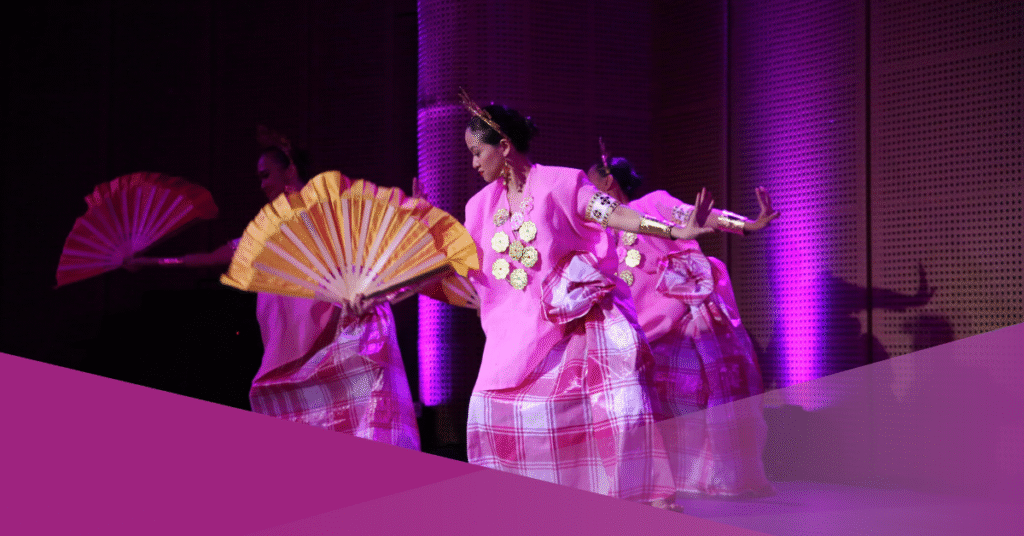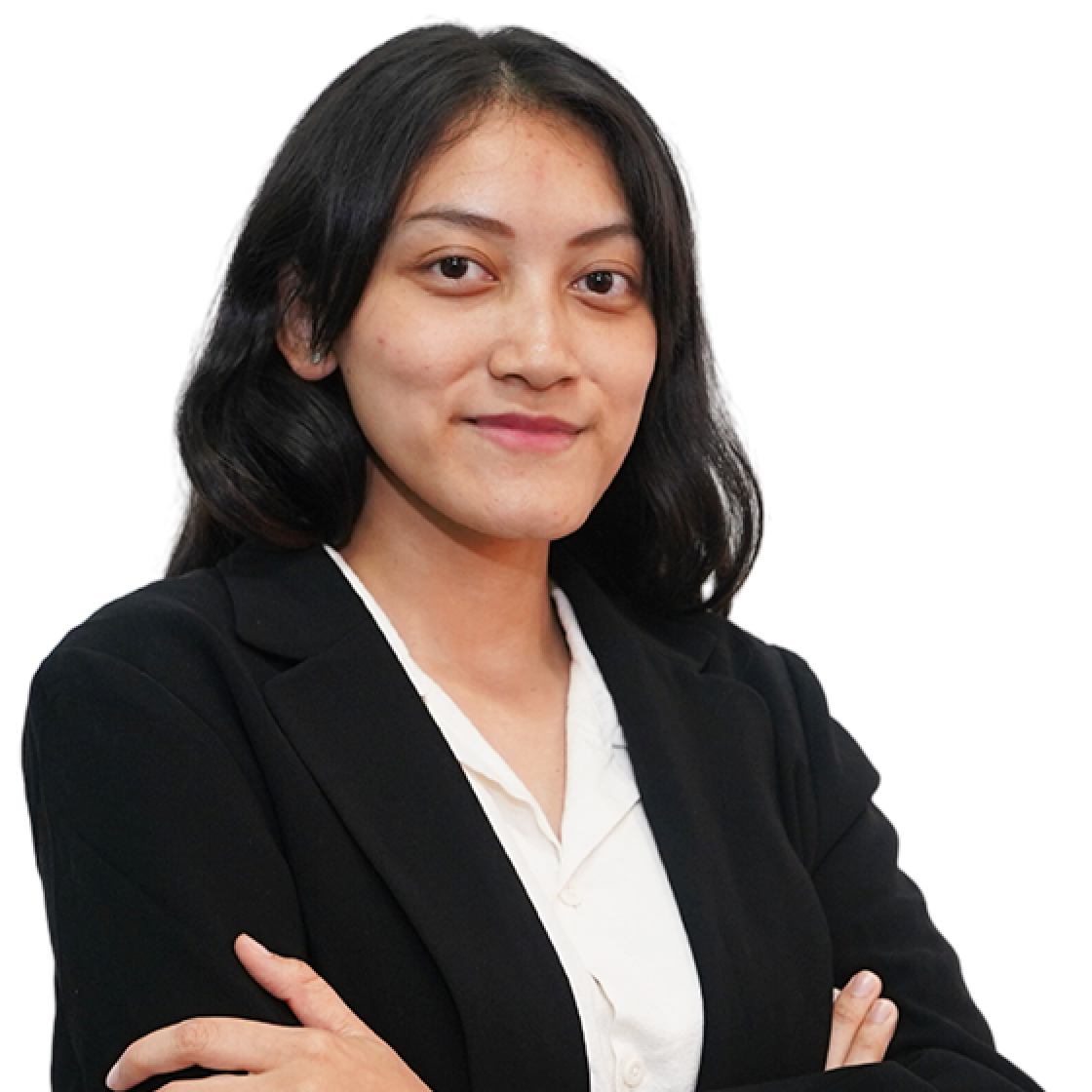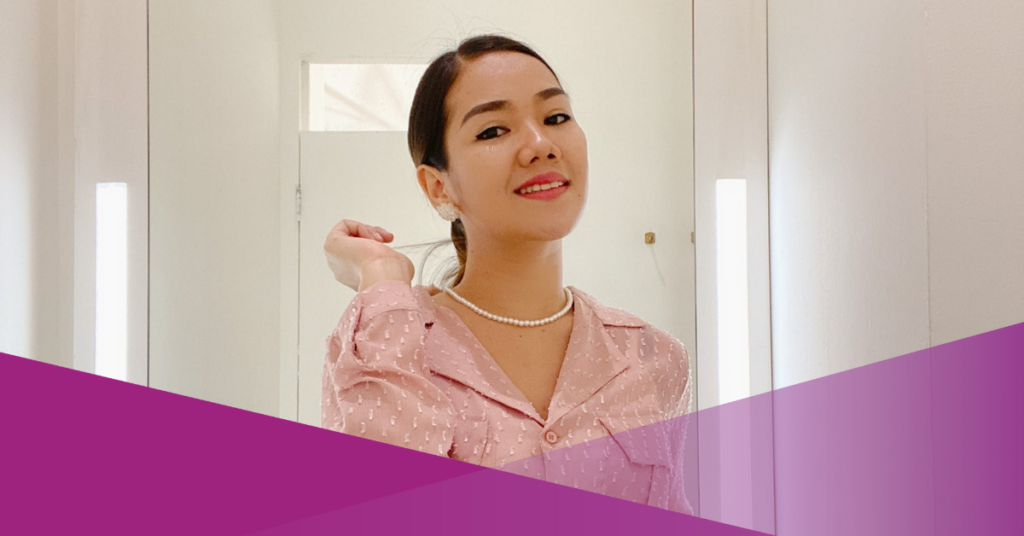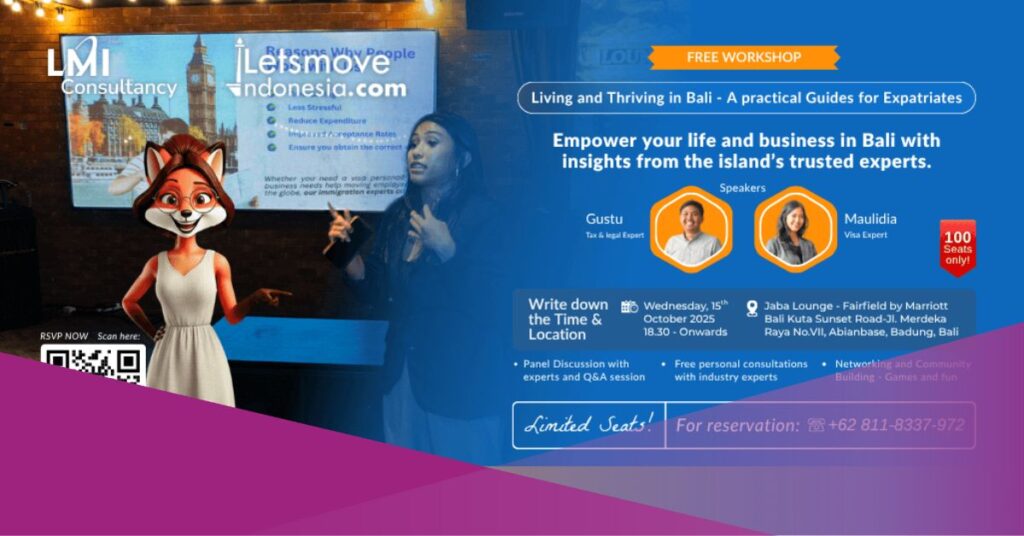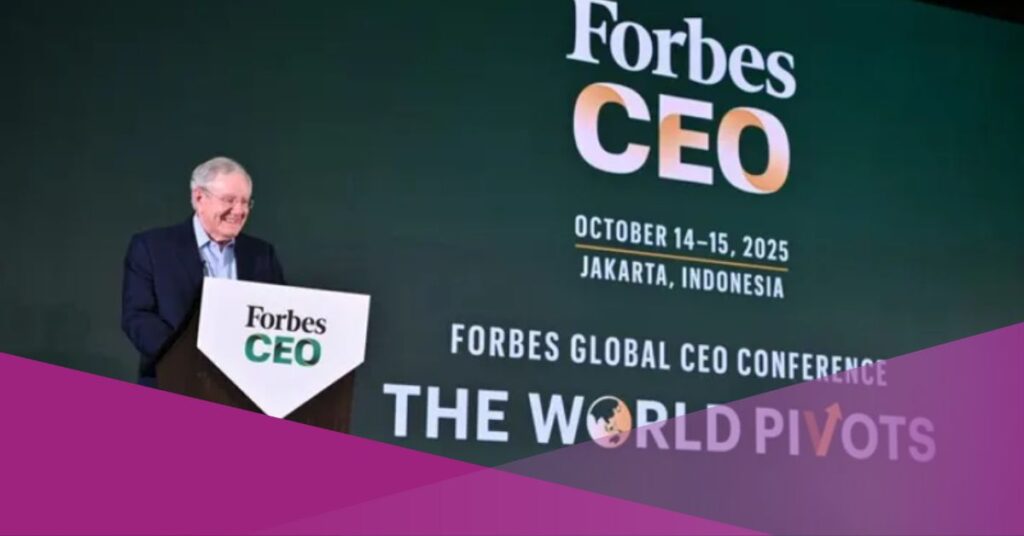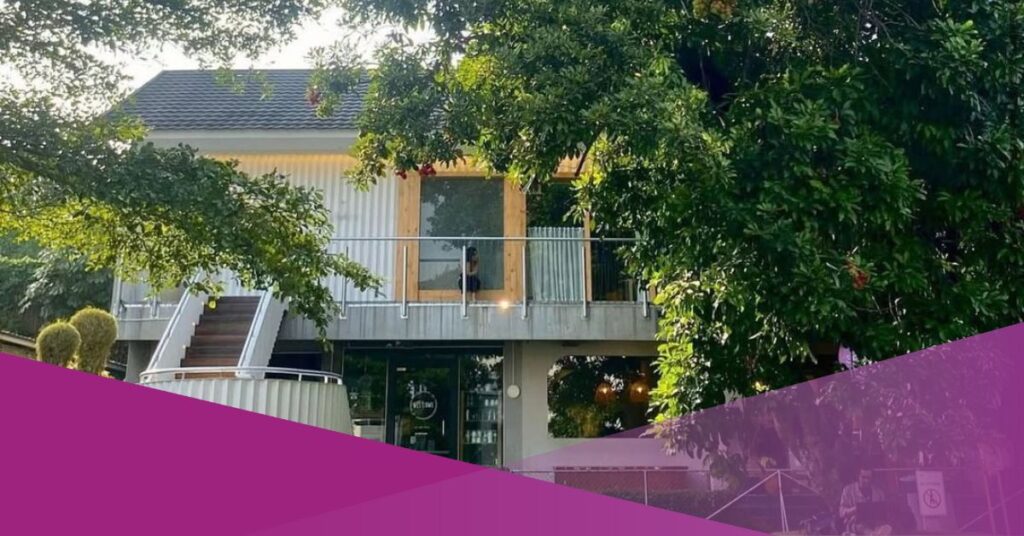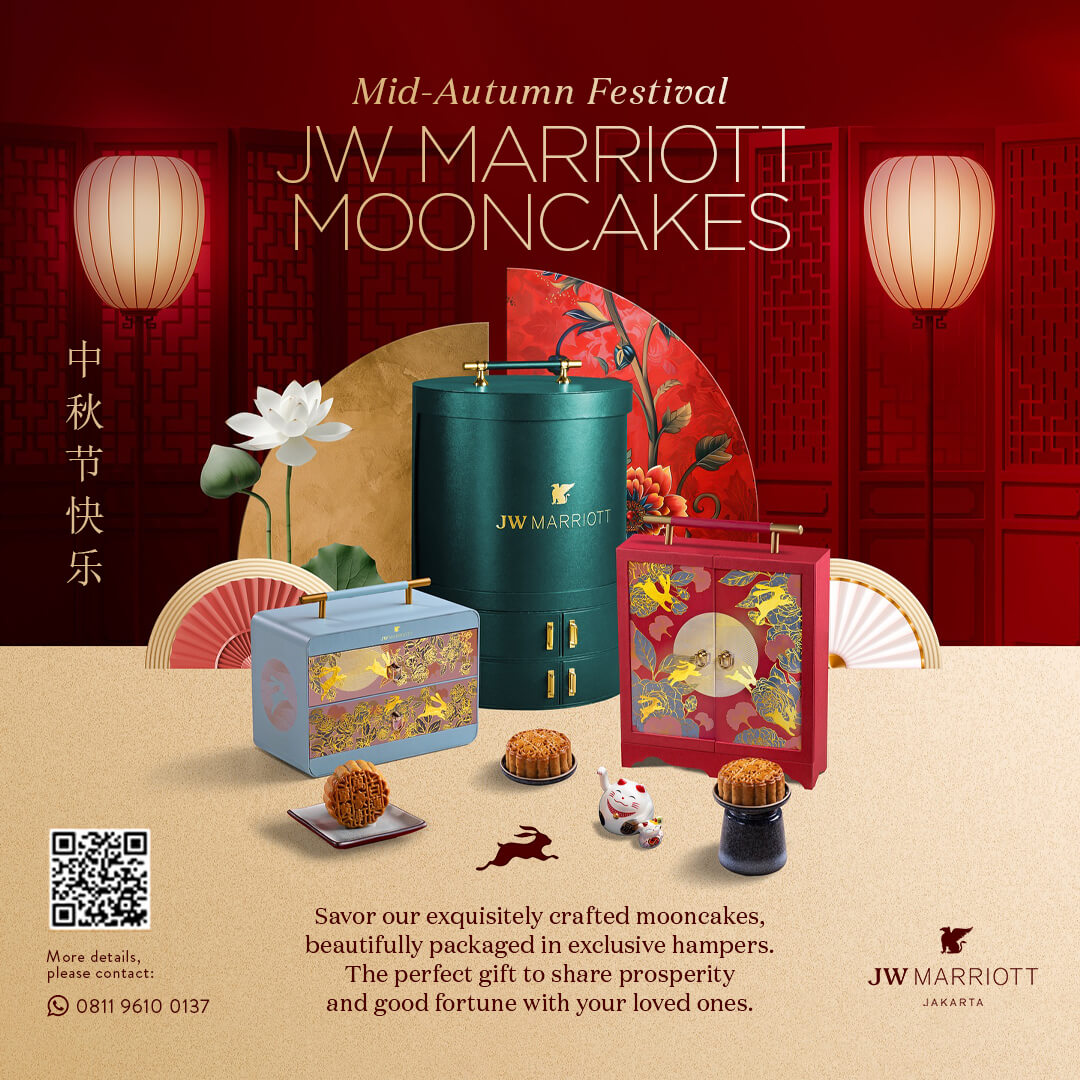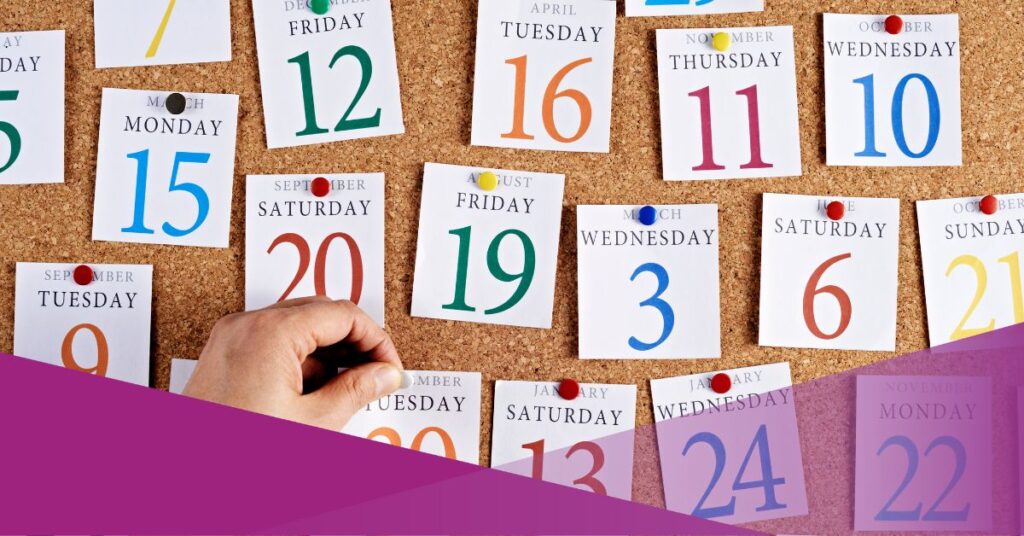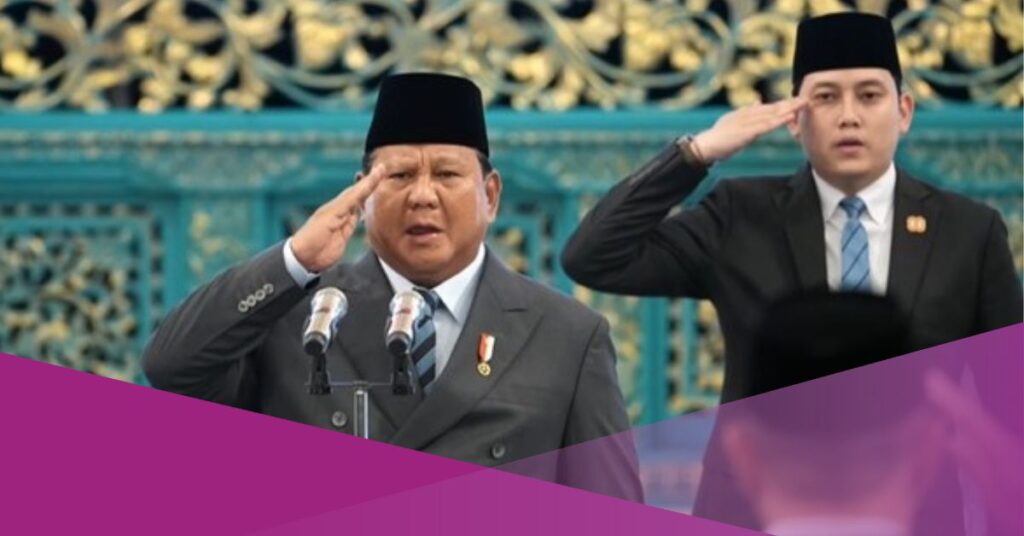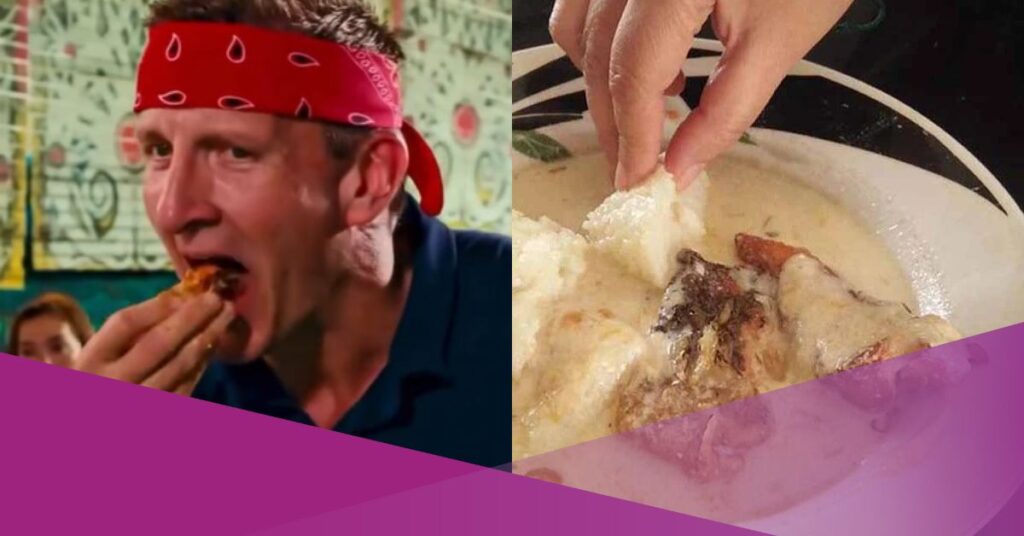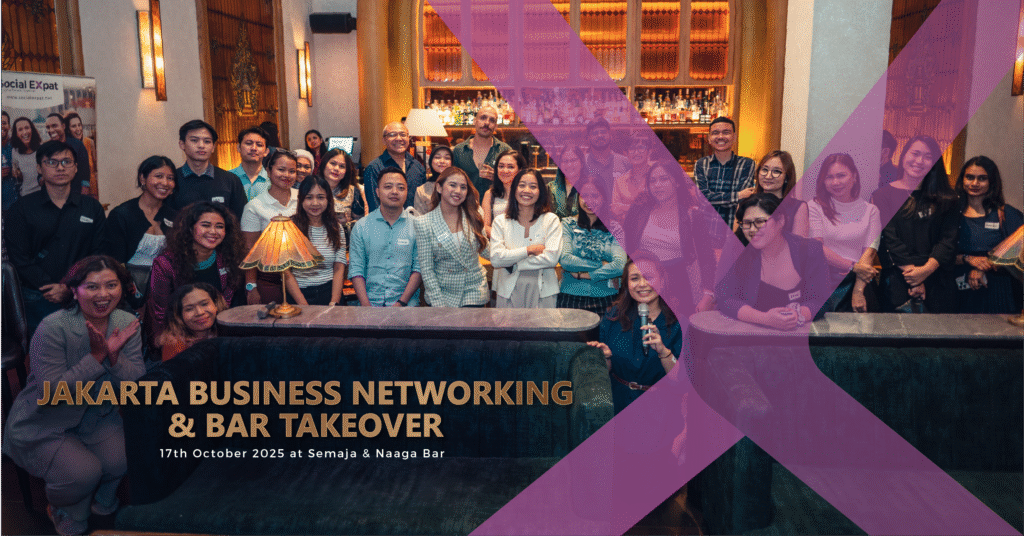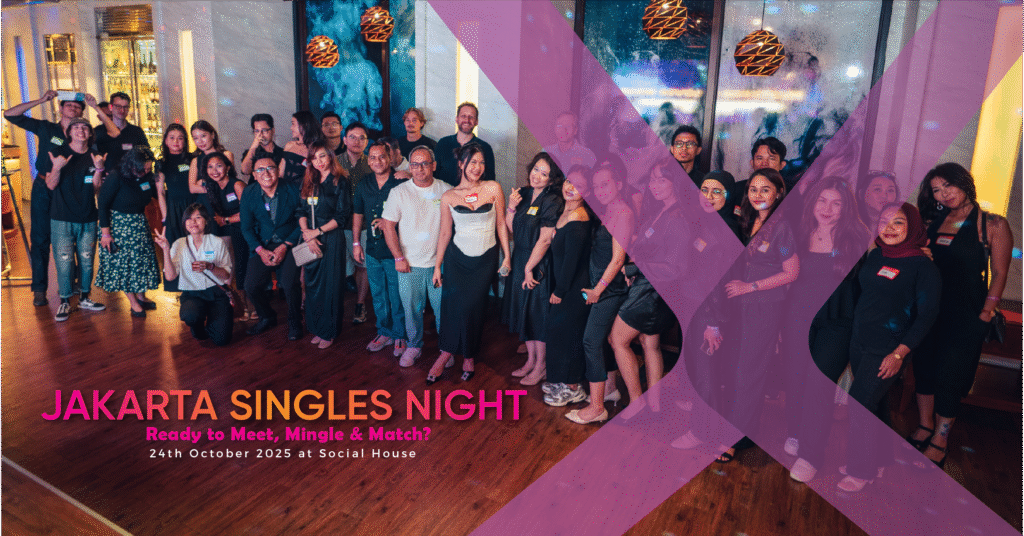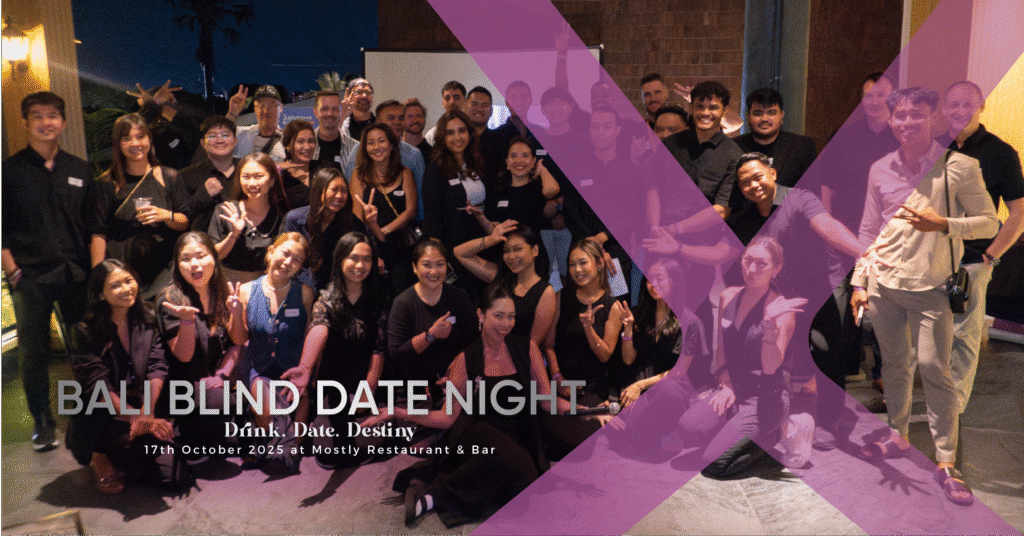In Today’s exclusive interview, meet Sita Tyasutami—a dancer, choreographer, and performing arts producer whose artistry bridges tradition and innovation. Raised in a household where art and cultural activism were a way of life, Sita’s journey began early, shaped by the influence of her mother and a deep-rooted connection to heritage.
She is known for her ability to weave together the elegance of classical Javanese dance, the freedom of contemporary movement, and the rhythms of Latin genres like Bachata. For Sita, dance is more than performance; it is a language for storytelling, a means of processing the world, and a powerful way to connect with others beyond words.
Her work not only honors memory and identity but also celebrates the fluidity of culture, inviting audiences to experience the joy and emotion that she lives and breathes every day.
About Sita Tyasutami
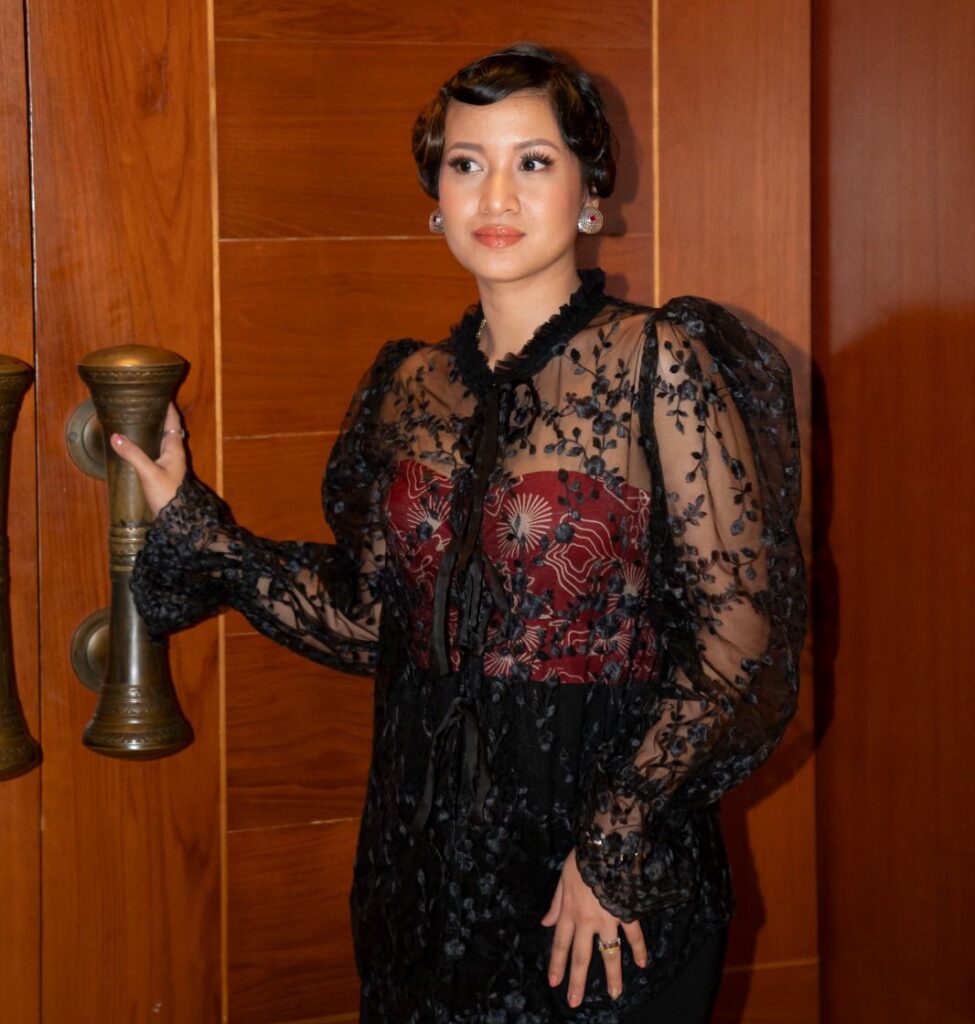
My name is Sita Tyasutami. I’m a dancer, choreographer, and performing arts producer with a deep-rooted connection to traditional and contemporary arts. Growing up in a household where my mother was both an artist and a cultural activist, I found myself naturally immersed in the world of performance from a young age.
Dance, for me, is not just a craft—it is a way of processing the world, expressing identity, and honouring memory. In recent years, I’ve also immersed myself in the Latin dance scene, performing and teaching Bachata, and organizing Latin nights. This blend of cultural forms reflects my nature—both grounded in heritage and open to movement across borders.
Dance is my language for storytelling, reflection, and connection. I live in motion—whether it’s the precision of a classical Javanese gesture or the raw improvisation of contemporary and Latin rhythms. Dancing helps me process the world and connect to others beyond words, it allows me to express what words often cannot.
Whether in the studio, on stage, or at a Latin night in a club, I dance to connect with people, to spark joy, and to hold space for emotion. The performing arts mirror my life: fluid, layered, emotional, and deeply connected to heritage. It’s not something I simply “do”—it’s something I live and breathe every day.
How Performing Arts Producer and Dancer become your thing?
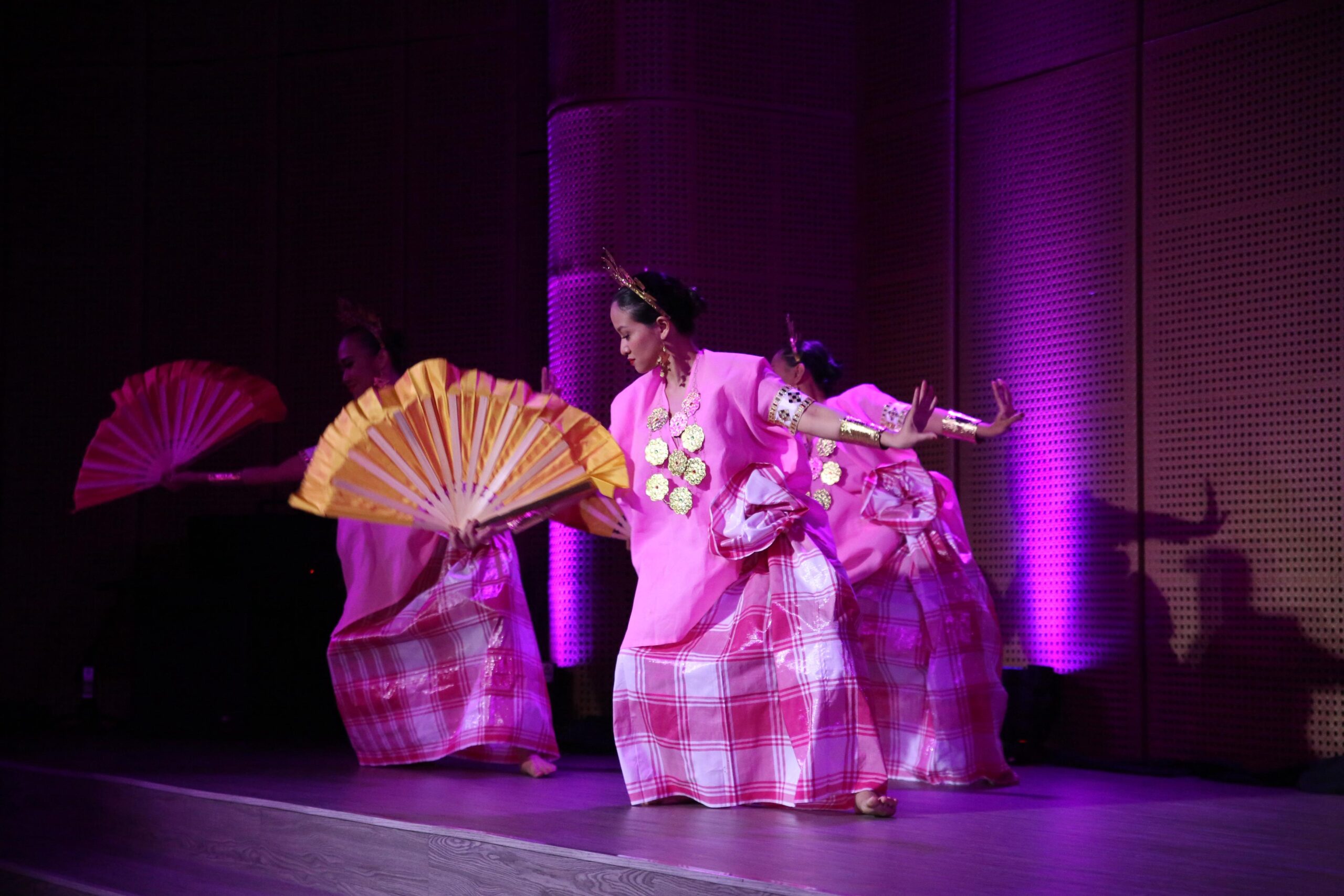
I was born into a life surrounded by artists and cultural practitioners. My mother, Maria Darmaningsih – a classically trained Javanese dancer, was one of the creators of Panji Sepuh in 1992, a seminal work that marked the birth of contemporary dance in Indonesia, created alongside icons like Goenawan Mohamad, Tony Prabowo, and Sardono W. Kusumo. After witnessing Panji Sepuh at just three years old, I went home and climbed onto a table, mimicking her movements—I had found my stage.
Beyond being an artist, my mother is also the co-founder of the Indonesian Dance Festival, the longest-running international contemporary dance festival in Southeast Asia. Growing up in that environment shaped me deeply. It taught me that dance is both art and activism, discipline and dialogue.
Over time, I realized I didn’t want to just perform – I wanted to create spaces for performances and communities.
Tell us more about Performing Arts!
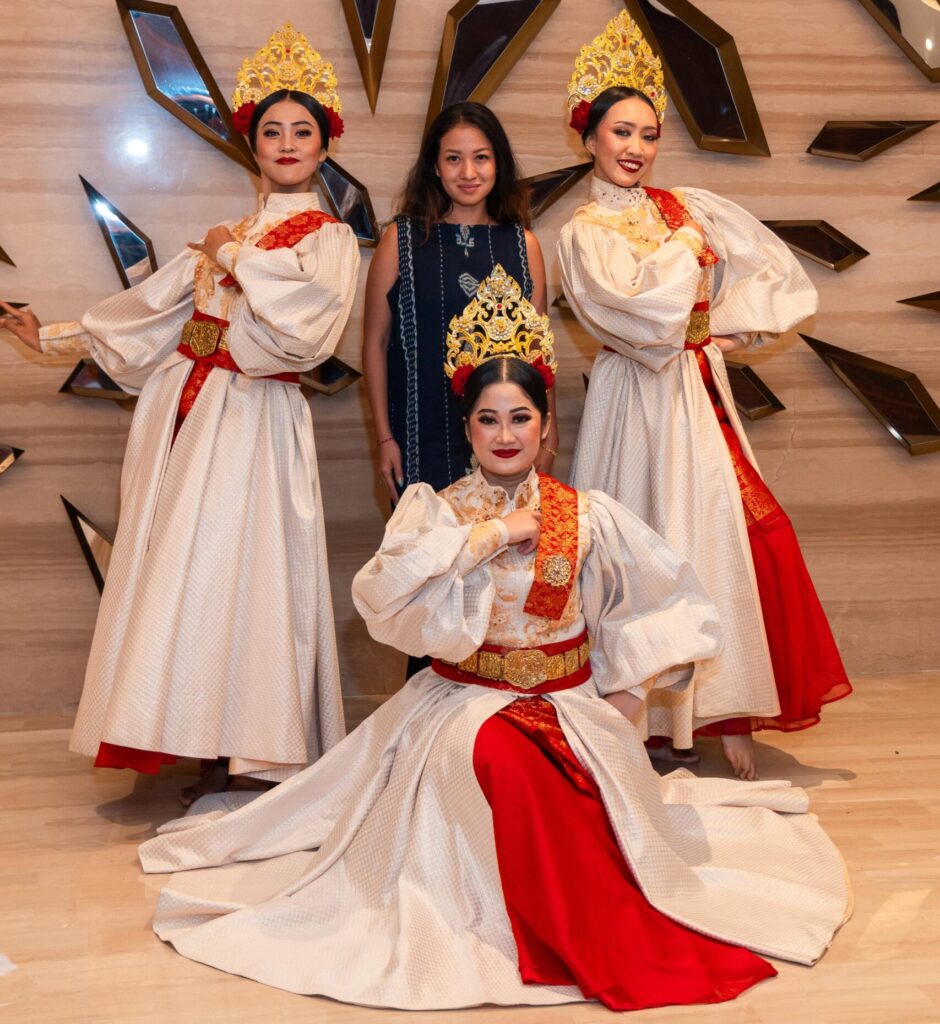
Performing arts is the embodiment of human experience. It encompasses dance, music, theater, and other forms of storytelling through movement and sound. It’s not something to be consumed passively—it asks us to feel, to think, and to reflect. Unlike static art forms, it unfolds in time and space—it exists in the now, and disappears, leaving only memory.
For communities, performing arts is a living archive. It holds the stories, rituals, and values that define who we are. Its impact goes beyond entertainment—it heals trauma, builds empathy, and opens minds. In both traditional and contemporary settings, it allows us to reimagine the future while honouring the past. For many communities, especially those marginalized or underserved, it becomes a voice. On a societal level, it builds empathy and bridges between cultures.
Behind the scenes, the performing arts world runs through a delicate system of training, rehearsal, funding, staging, and audience engagement. It relies heavily on collaboration between artists, producers, technicians, and communities. Yet it often lacks the infrastructure or funding that other sectors enjoy.
It’s important because it preserves heritage, inspires innovation, and fosters social cohesion. In a fractured world, performing arts remind us of our shared humanity.
What are the challenges of running a business in Jakarta?
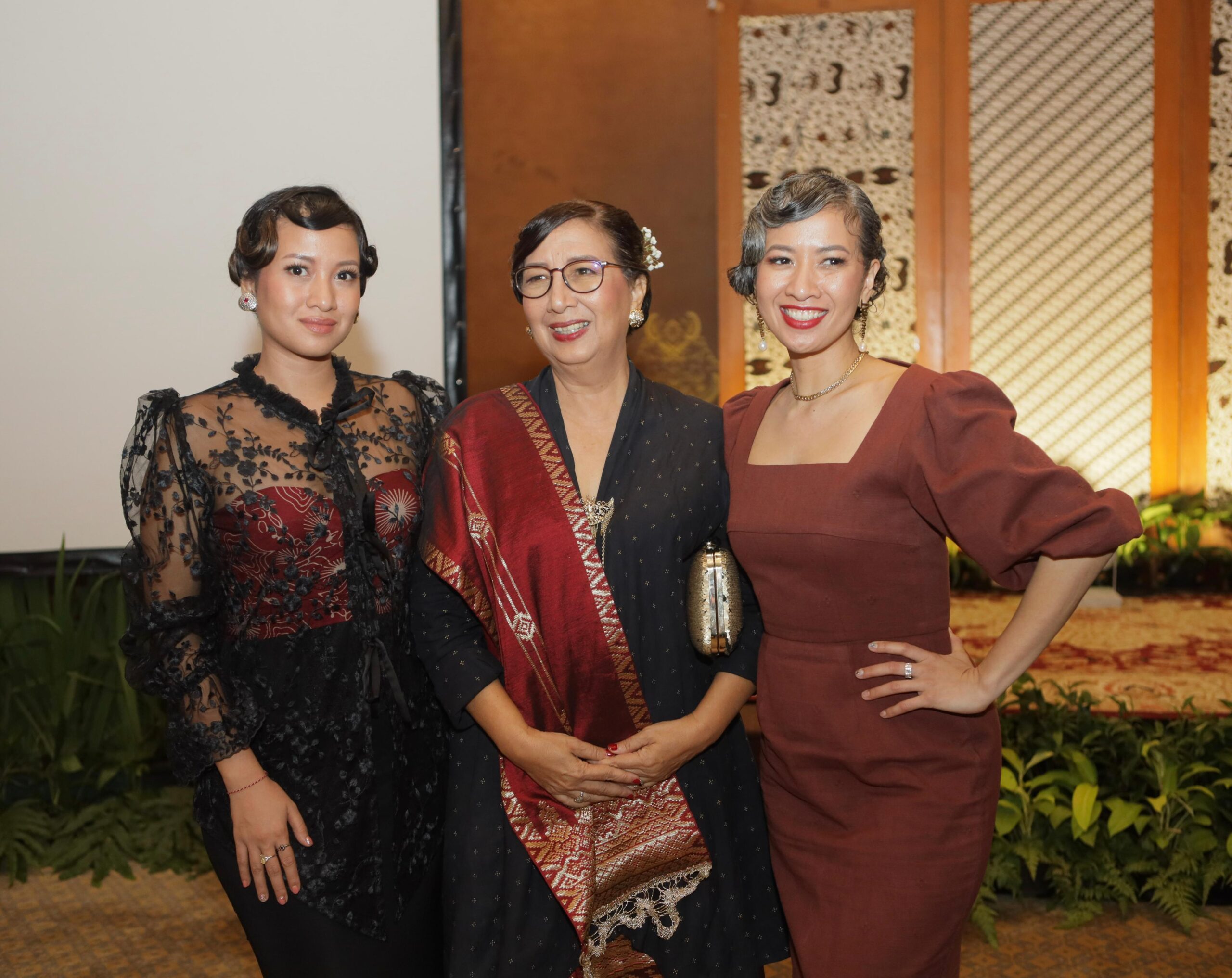
In Jakarta, running a business in the performing arts—especially traditional and contemporary dance—comes with layers of challenges. From navigating bureaucratic systems to finding reliable venues and funding, the infrastructure rarely matches the passion of the artists.
Support for performing arts can be inconsistent. Creative labour is often undervalued, especially in traditional arts, where there’s a mindset that performances or classes should be free or very cheap. Unlike commercial sectors, performing arts are not always seen as “essential,” so we constantly have to prove our value.
As a dance educator with 21 years of teaching experience, one ongoing challenge is retaining students. People come and go, particularly in traditional forms. Even in the Latin dance community, where I now teach regularly, commitment can be fleeting. While interest in Latin nights and events is growing, consistency remains a hurdle.Running a performing arts business in Jakarta requires agility, persistence, and passion—but when it works, it’s deeply rewarding.
Another systemic gap is the lack of producers and managers. We have many incredibly talented dancers, musicians, and choreographers—but too few people who can build the structures around them.
In response, I’ve cultivated a flexible model—curating and providing shows across genres: from traditional rituals to contemporary dance, from nightlife events to Latin parties. I connect art with audience in meaningful and entertaining ways, bridging cultural heritage with modern experiences.
So where do you see Performing Arts industry in 10 years?
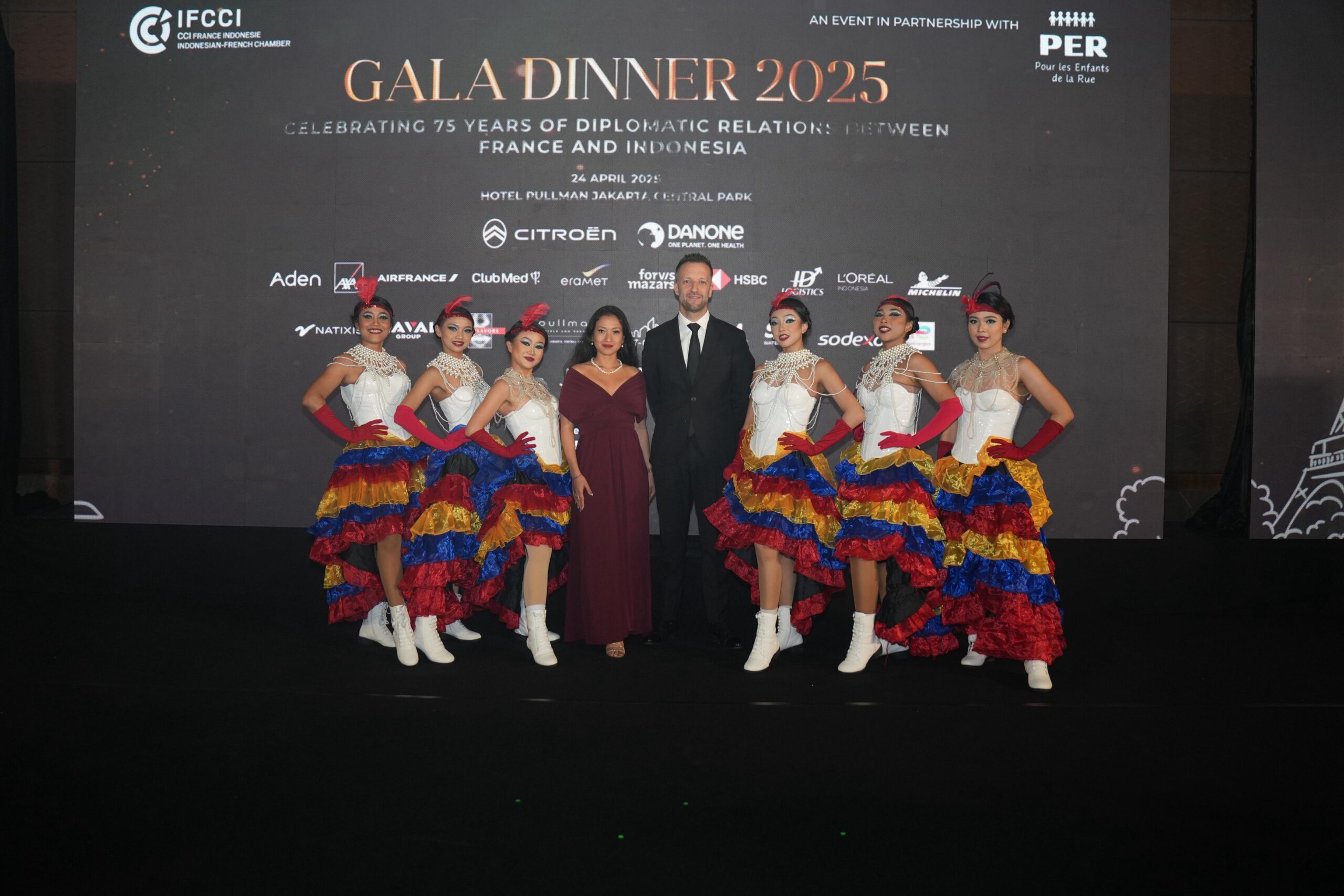
In 10 years, I envision a performing arts ecosystem in Indonesia that is more sustainable, inclusive, and globally interconnected. I hope to see stronger support systems—from policy to education—that value not only the artist but the entire creative process.
Digital integration will open new doors for performances to travel virtually, allowing rural traditions and new choreographies alike to reach international stages. I also believe we’ll see more cross-cultural collaborations, like what I’m building now with the Nusantara International Folklore Festival (NIFF)—an upcoming event I’m directing this September in Bali that brings together traditional performers from Indonesia and beyond for exchange and celebration.
My dream is that performing arts will be seen not as a luxury, but as a necessity—a vital expression of who we are and how we relate to the world. But more importantly, I hope we see structural shifts: fairer artist compensation, policy-level support, and arts education embedded in mainstream curriculum. I believe we’ll see more Indonesian productions touring abroad, and more cross-cultural residencies happening here.
I also envision arts spaces becoming more inclusive—welcoming marginalized voices, and more connected to social issues. In 10 years, I see the performing arts not only surviving, but thriving as a vital part of Indonesia’s cultural and creative economy.
Do you have any life motto or mantra you live by?
One quote that guides me is from Bertolt Brecht:
“Art is not a mirror held up to reality, but a hammer with which to shape it.”
I believe that deeply—art is both reflection and action. It has the power to challenge, to comfort, and to create new possibilities.
